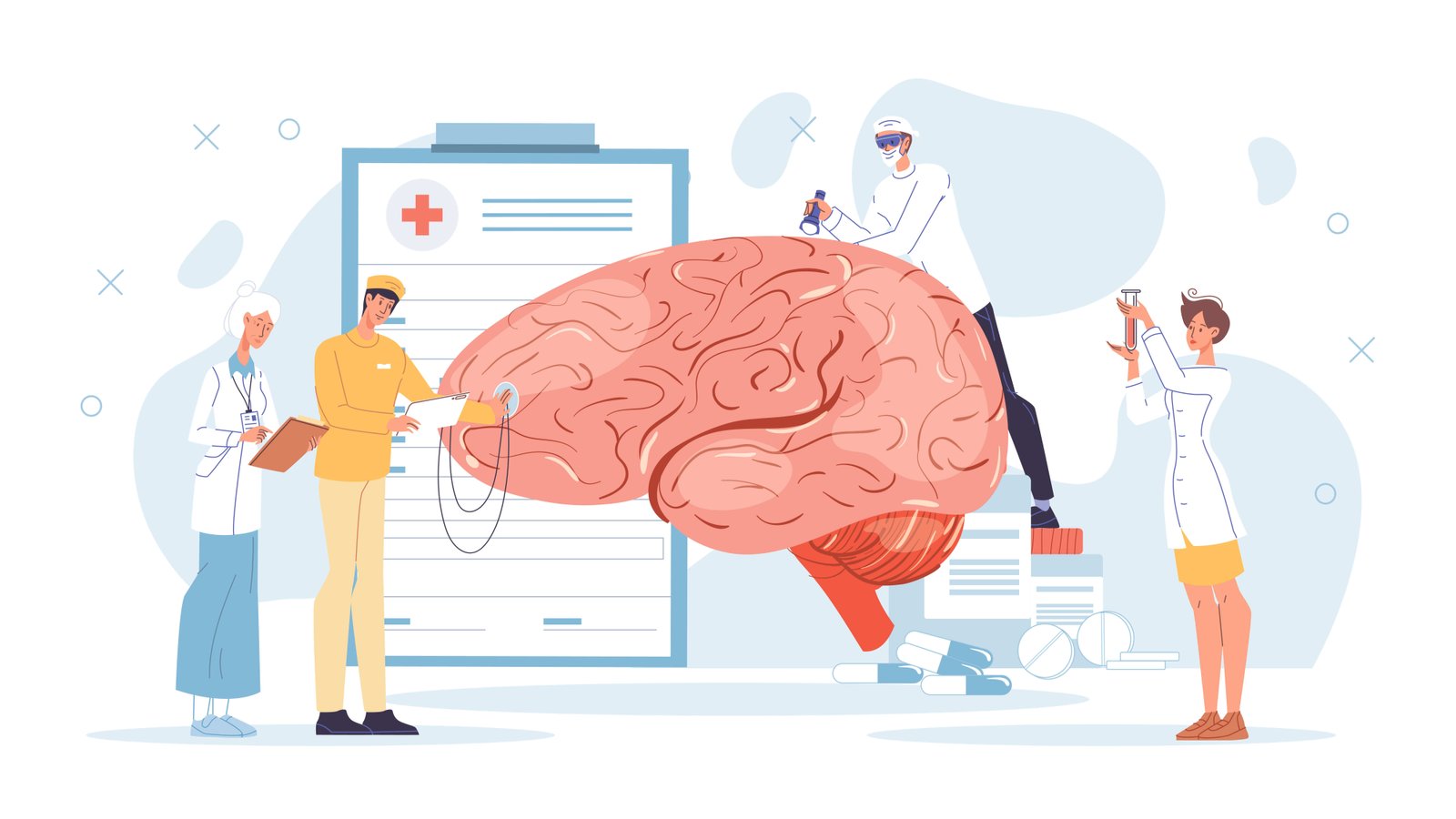
Upper gastrointestinal endoscopy: are preparatory interventions effective?
This study examined the effects of preparatory cognitive and behavioral information on self-confidence, anxiety, and negative affect elicited by an im...

Meta-analysis: erythromycin before endoscopy for acute upper gastrointestinal bleeding
Studies evaluating the effect of erythromycin on patients with acute upper gastrointestinal bleeding (UGIB) had been reported, but the results were in...

Early endoscopy in upper gastrointestinal hemorrhage: associations with recurrent bleeding, surgery, and length of hospital stay
Study: 909 consecutive hospitalized patients with the upper gastrointestinal hemorrhage who underwent endoscopy at 13 hospitals in a large metropolita...

Hypoxemia during outpatient gastrointestinal endoscopy: the effects of sedation and supplemental oxygen
In the town of Montclair, California, a city made headlines when it made headlines after its residents were asked to bring home their "ultimate" home...

Comparison of urgent video capsule endoscopy and urgent double-balloon endoscopy in massive obscure gastrointestinal bleeding
No studies have specifically compared VCE and DBE in massive OGIB. Of 30 patients, DBE identified more bleeding lesions than VCE. Four patients (13%)...

Cardiorespiratory compromise under conscious sedation during upper gastrointestinal endoscopy
The study compared the cardiorespiratory effects of benzodiazepine and midazolam used for sedation in patients undergoing upper gastrointestinal endos...

Nitrous oxide sedation in pediatric patients undergoing gastrointestinal endoscopy
The efficacy of using inhaled nitrous oxide during endoscopy in children was assessed in a pilot study. Patients aged 5 to 17 years were eligible for...

Training and competence assessment in GI endoscopy: a systematic review
Review of studies on the use of training and assessment methods in GI endoscopy. Increased performance on a virtual reality (VR) simulator was shown i...


